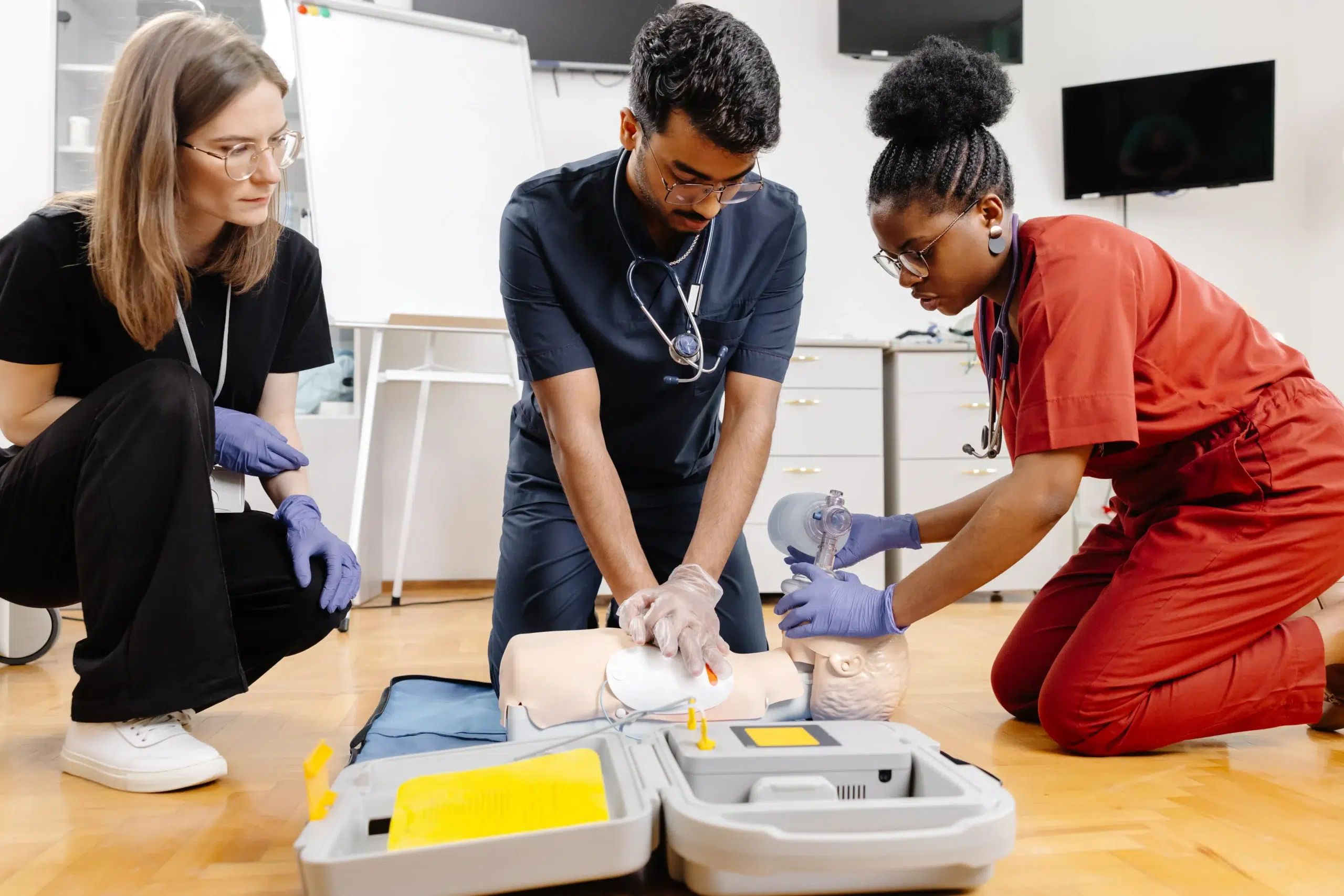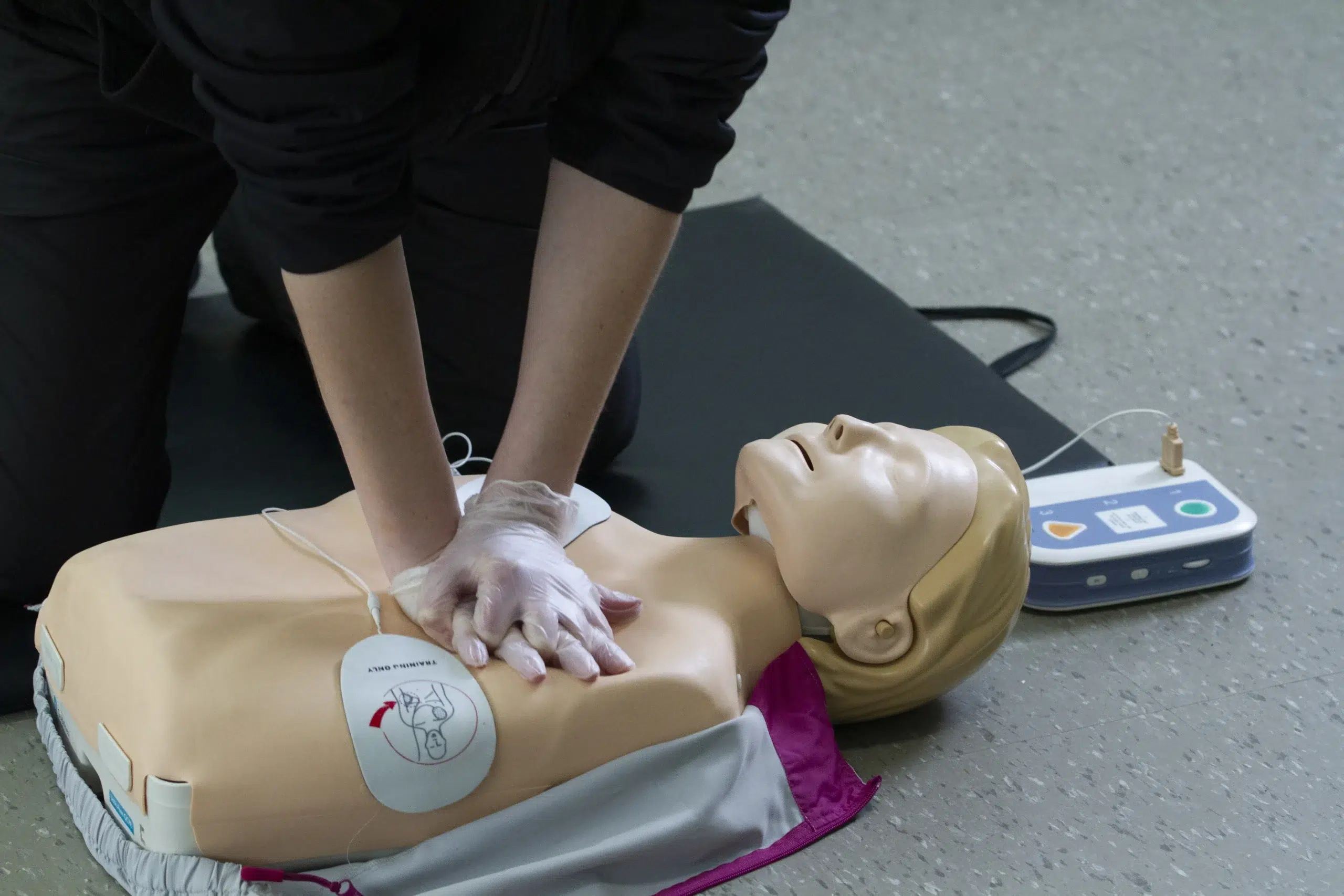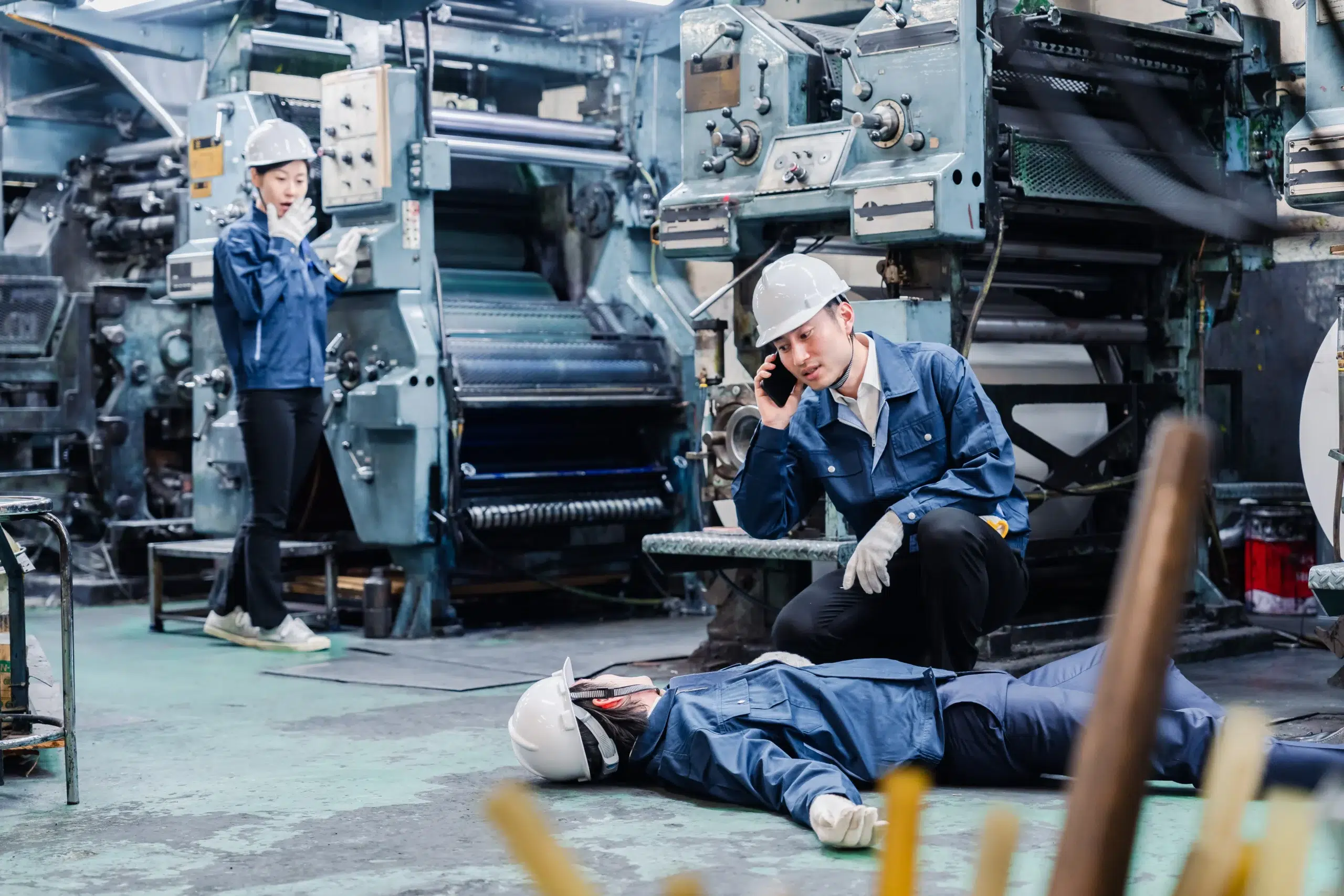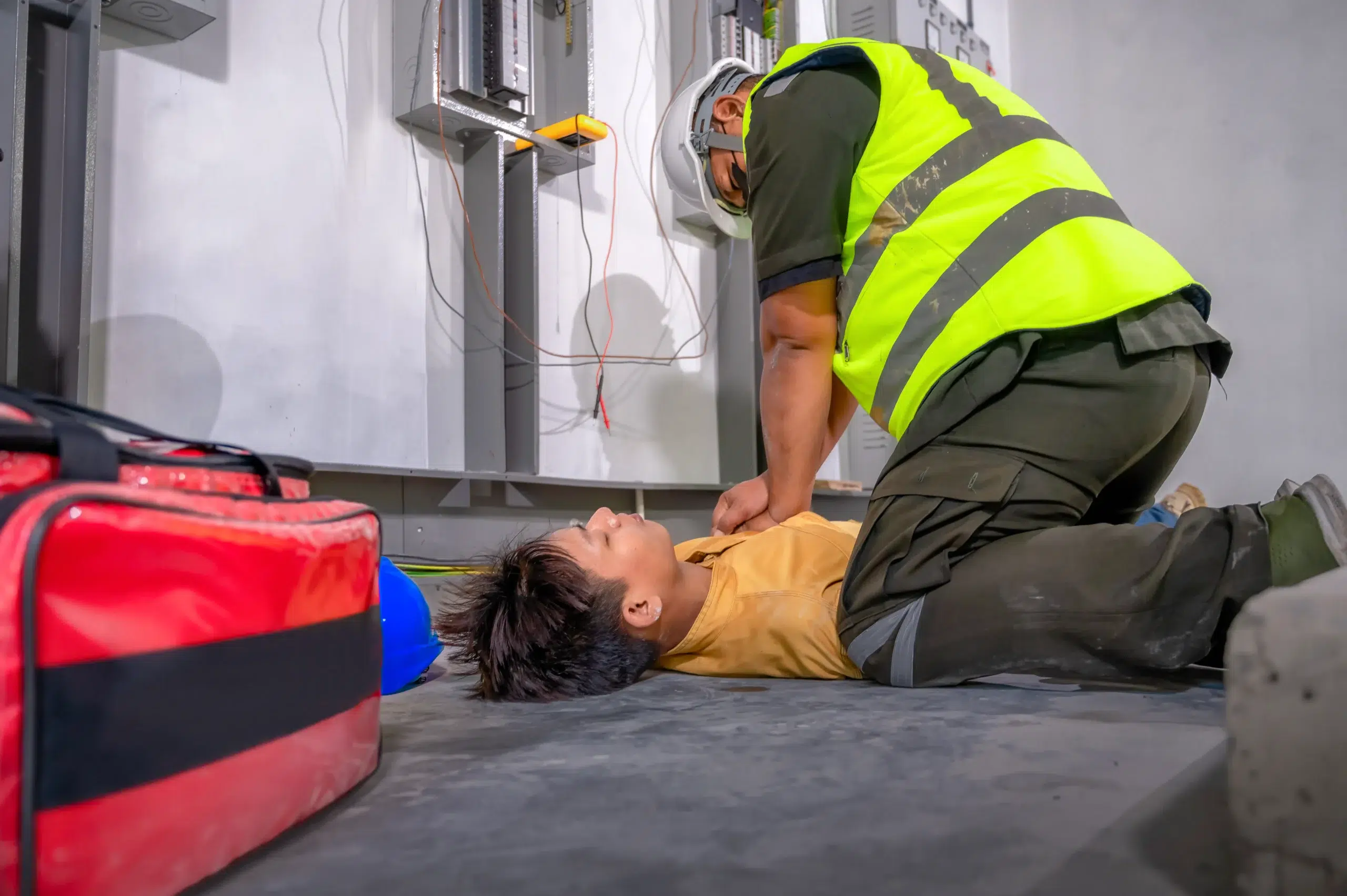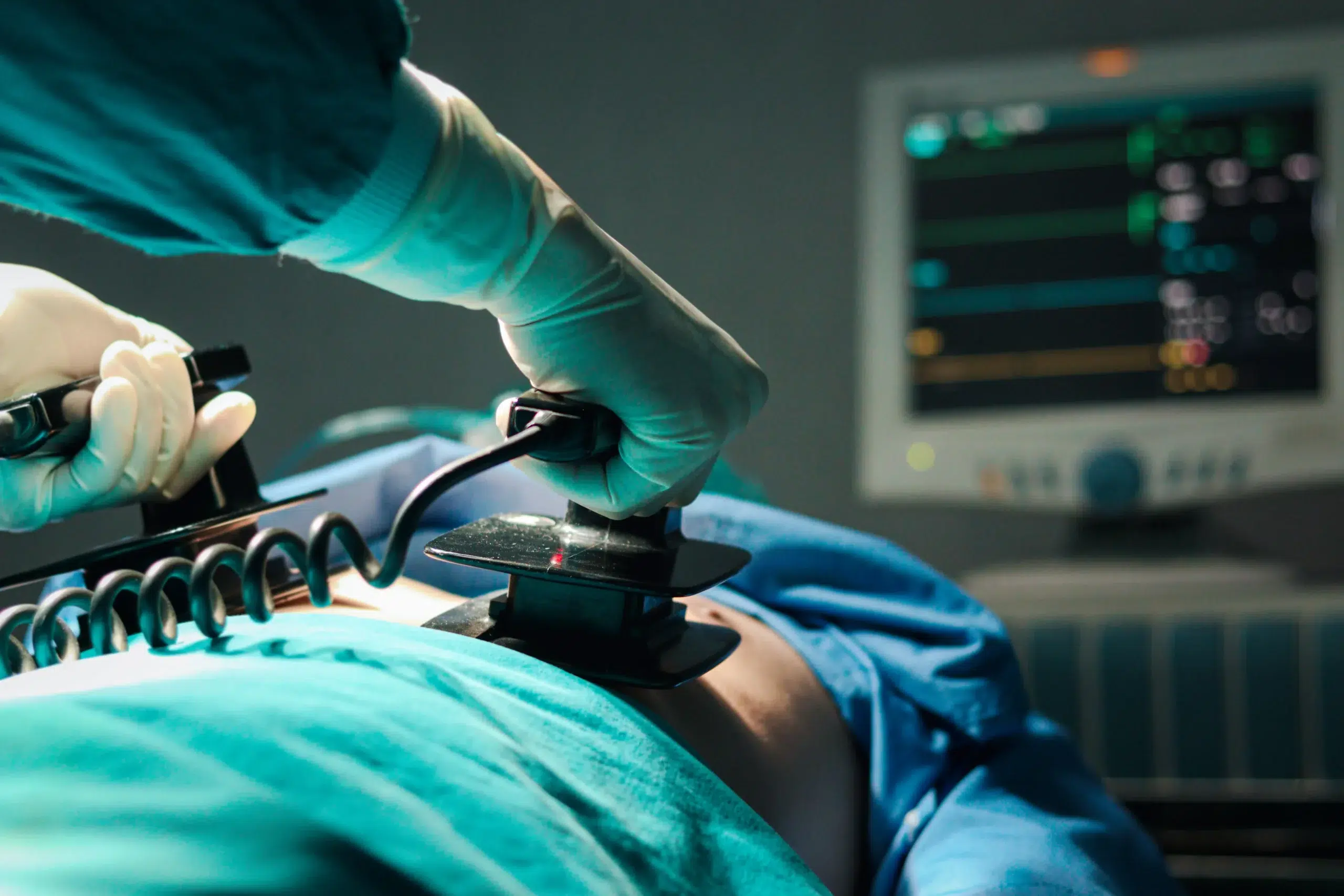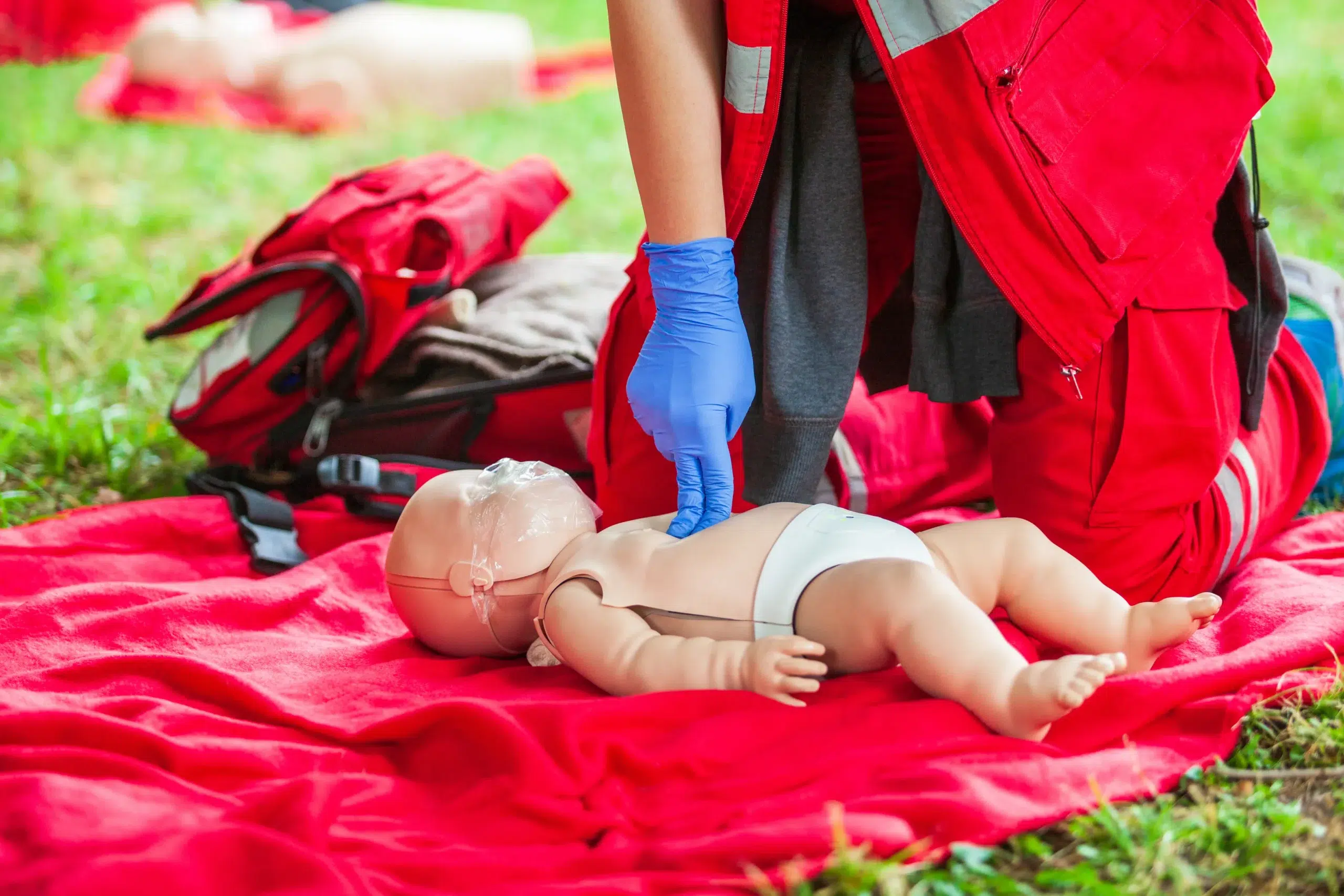Emergencies can happen anytime, anywhere. Being equipped with life-saving skills can empower you to act quickly and confidently when someone needs help. Basic Life Support (BLS) certification provides the training necessary to assist individuals experiencing cardiac arrest, respiratory distress, or an obstructed airway. This guide will walk you through the essentials of BLS certification, from understanding its core components to finding “BLS certification near me.” We’ll explore the different training formats available, discuss the costs involved, and provide guidance on maintaining your certification. Whether you’re a healthcare professional, a caregiver, or simply someone who wants to be prepared, this guide will provide valuable insights into the world of BLS.
Key Takeaways
- BLS certification provides essential life-saving skills: It covers CPR, AED use, and other critical techniques for responding to emergencies, emphasizing teamwork and problem-solving in high-pressure situations.
- Finding the right BLS course is easy: Explore options like local training centers, online programs, and blended learning formats to fit your schedule and learning style. Consider factors like cost, location, and course content when making your choice. Danville CPR Classes offers a low-price guarantee and various AHA-certified courses.
- Stay current with your BLS certification: Renew your certification every two years and refresh your skills through practice and continuing education resources. Staying up-to-date with the latest guidelines ensures you’re always prepared to deliver effective care.
What is BLS Certification & Why Do You Need It?
BLS, or Basic Life Support, equips first responders with the skills to assist victims experiencing cardiac arrest, respiratory distress, or an obstructed airway. It focuses on the fundamentals of cardiovascular life support in both in-hospital and out-of-hospital settings. Think of it as the foundation for saving lives in critical situations. For healthcare providers, BLS training goes beyond basic CPR—it incorporates essential techniques and knowledge to manage life-threatening emergencies effectively. If you’re looking for comprehensive training, explore the CPR and First Aid certification courses available.
What Does BLS Certification Cover?
A BLS course provides comprehensive training in core life-saving skills. You’ll learn CPR, how to use an AED (automated external defibrillator), and effective problem-solving techniques. The training also emphasizes teamwork, a crucial element in emergency response situations. The curriculum is designed to be practical and easy to grasp, ensuring you can confidently apply these skills under pressure.
Why is BLS Important for Healthcare Professionals & First Responders?
For healthcare professionals and first responders, maintaining up-to-date BLS certification is paramount. Regularly refreshing your CPR skills and first-aid knowledge is essential for providing optimal care to cardiac arrest victims. Beyond the technical skills, BLS training addresses the emotional toll these situations can take. Healthcare providers, especially those in hospital settings, can experience significant stress and anxiety after caring for patients experiencing cardiac arrest. BLS certification demonstrates competency and is often a requirement for maintaining privileges in healthcare settings. It’s typically valid for two years, ensuring professionals stay current with the latest life-saving techniques. This commitment to ongoing training not only benefits patients but also supports the well-being of those on the front lines of emergency medical care. You can learn more about the importance of BLS training for healthcare professionals through resources like My CPR Certification Online.
Find BLS Certification Courses Near You
Finding the right BLS certification course can feel overwhelming with so many options available. But don’t worry, we’ll break it down to help you find the perfect fit. Whether you prefer hands-on learning or the flexibility of online courses, there’s a BLS program out there for you.
Local Training Centers
Start by searching for “BLS classes near me.” This will point you to local training centers, community colleges, and hospitals offering in-person courses. The American Red Cross, for example, offers various BLS courses in numerous locations. In-person training provides hands-on learning and direct interaction with instructors. This is a great option if you thrive in a traditional classroom setting.
Online BLS Certification Options
If a busy schedule makes attending in-person classes difficult, consider an online BLS certification. The Red Cross also offers blended learning programs that combine online coursework with in-person skills sessions. This format gives you the flexibility to learn at your own pace and complete the hands-on portion when it’s convenient. This blended approach is ideal for those who want flexibility but also value some in-person instruction.
Danville CPR Classes: Your Go-To AHA Training Center
Danville CPR Classes is a woman-owned American Heart Association (AHA) Training Center committed to providing high-quality, affordable courses. We offer a low price guarantee and a range of AHA courses, including BLS, ACLS, PALS, NRP, and CPR/First Aid. We also offer specialized training like the EMSA Child Care Health & Safety program and RQI classes for healthcare professionals. Serving Danville, San Ramon, and Dublin, CA, we offer convenient locations and schedules. Contact us today to learn more!
Other BLS Certification Providers
Beyond local training centers and Danville CPR Classes, several other reputable organizations offer BLS certification. These can be helpful resources if you’re exploring all your options.
American Red Cross
The American Red Cross is a well-known provider of BLS certification and renewal courses, offering various learning formats to fit different needs.
National Safety Council
The National Safety Council also provides BLS training for healthcare providers and professional rescuers.
American Heart Association
The American Heart Association (AHA) is a leading authority on cardiovascular health and offers comprehensive BLS courses. Their training programs are highly respected in the medical community.
ProTrainings
ProTrainings offers a variety of online training courses, including BLS certification, allowing for self-paced learning. This can be a good option for those who prefer to learn independently.
American Safety & Health Institute (ASHI)
The American Safety & Health Institute (ASHI) provides BLS certification and other training programs focused on practical skills for healthcare providers. They emphasize hands-on training to ensure you’re prepared for real-world scenarios.
Choose the Right BLS Training Format
Finding the right BLS training format depends on your learning style, schedule, and budget. Let’s break down the most common options so you can make the best choice.
In-Person BLS Courses
Traditional in-person BLS courses offer a hands-on learning experience with direct interaction with an instructor. These courses typically run about 4.5 hours and cover essential skills like CPR, AED use, and how to relieve choking. The structured environment can be especially helpful for those who value face-to-face instruction and have questions they want answered immediately.
Online BLS Certification
Online BLS certification provides flexibility for busy schedules. You’ll work through interactive modules at your own pace, focusing on key concepts and procedures. Some programs adapt to your existing knowledge, potentially reducing the overall time commitment. This format is ideal for self-directed learners who prefer to study independently.
Blended Learning
Blended learning combines the best of both worlds. This approach typically involves completing the online coursework at your convenience, followed by an in-person skills session to practice and demonstrate your proficiency. Blended learning offers a good balance of flexibility and hands-on training.
Pros & Cons of Each Format
Each format has its own set of advantages and disadvantages. In-person classes offer immediate feedback and personalized instruction, but require a fixed time commitment. Online courses offer flexibility and convenience, but may not provide the same level of hands-on practice. Blended learning attempts to bridge this gap, but can sometimes be more expensive than purely online options. Cost is a factor across all formats. Specialized Health and Safety notes that initial BLS certification averages around $90, with renewals around $60. Consider your learning style, schedule, and budget when making your decision.
How Much Does BLS Certification Cost?
Knowing the typical price range for BLS certification helps you budget effectively and avoid overspending. Let’s break down the costs associated with getting certified.
Average BLS Course Prices
BLS certification costs anywhere between $30 and $150 per person. This range depends on several factors, including your location, the training provider, and the course format. Some providers, like Danville CPR Classes, offer a low price guarantee, ensuring you get the best value for your training. For those in the San Ramon, Dublin, and Danville areas, Danville CPR Classes offers various American Heart Association courses, making it a convenient and affordable option.
Factors Affecting Cost
Several factors influence the final price of your BLS certification. The type of course (initial certification or recertification) often affects the cost, with recertification courses sometimes being less expensive. The training format also plays a role. In-person courses may have higher overhead costs compared to online or blended learning options. Finally, each training provider sets its own pricing, so comparing options is always a good idea. If you’re looking for specialized training like EMSA Child Care Health & Safety or RQI classes, those might have different pricing than standard BLS certification. You can find more information about these specialized courses on the Danville CPR Classes website.
Group Discounts & Special Offers
Many training centers offer discounts and promotions to make BLS training more accessible. Look for special offers for healthcare workers, students, or group registrations. Some providers offer discounts or promo codes that can reduce the cost of your course. Contacting training centers directly can help you uncover potential savings. Danville CPR Classes encourages potential students to reach out for information on discounts and group rates.
Budgeting for BLS Training
While BLS certification is an investment in your skills and career, it shouldn’t break the bank. Most BLS courses cost around $90 for initial certification and $60 for renewal per person. By understanding the factors that influence pricing and exploring available discounts, you can effectively budget for your BLS training and find a course that fits your financial needs. Remember, investing in high-quality training is an investment in yourself and the people you’ll be helping. For a comprehensive list of courses and pricing, visit the Danville CPR Classes website.
Maintain Your BLS Certification
Once you’ve earned your BLS certification, staying current is key. Knowing what’s required to maintain your credentials ensures you’re always prepared to provide effective, life-saving care. Let’s break down the renewal process and how you can keep your skills sharp.
Renewal Requirements
BLS certification is typically valid for two years. To maintain your certification, you’ll need to complete a renewal course before your current certification expires. It’s a good idea to check with your certifying organization, such as the American Heart Association or the American Red Cross, for their specific renewal guidelines. Many organizations recommend enrolling in a renewal course when your certification is within 30 days of expiring to avoid a lapse in your credentials.
Refresher Courses & Skill Updates
Even if your certification isn’t due for renewal yet, regular practice is essential for maintaining proficiency in BLS techniques. Look for opportunities to refresh your knowledge and skills between renewals. Many organizations offer refresher materials, such as online games, quizzes, and videos, to help reinforce your training. These resources can be a valuable way to stay sharp and confident in your abilities. Hands-on practice sessions can also be beneficial. Consider arranging practice scenarios with colleagues or taking advantage of any skill update workshops offered by your employer or a local training center like Danville CPR Classes.
Stay Up-to-Date with BLS Techniques
BLS guidelines and techniques can evolve as medical research advances. Staying informed about the latest updates ensures you’re providing the most effective care possible. Organizations like the American Red Cross regularly review and update their BLS curriculum based on the latest scientific evidence. Check with your certifying organization for information on any recent updates to BLS guidelines and techniques. Staying current with these changes is a crucial part of maintaining your BLS certification and providing high-quality care.
Related Articles
- BLS Classes Near Me: Your Guide to Finding the Right Course – Danville CPR Classes
- BLS Certification Dublin: Costs, Courses & Providers – Danville CPR Classes
- BLS Recertification Near Me: Your Complete Guide – Danville CPR Classes
- Heartcode BLS Dublin: Your Certification Guide – Danville CPR Classes
- BLS Certification Danville: A Comprehensive Guide
Frequently Asked Questions
How often do I need to renew my BLS certification? BLS certification is typically valid for two years. Plan on taking a recertification course before your current certification expires to ensure continuous coverage.
What’s the difference between BLS and CPR? While CPR is a core component of BLS, BLS training encompasses a broader range of skills, including AED use and team dynamics during emergencies. It provides a more comprehensive approach to life support, especially for healthcare providers.
What if my BLS certification expires? If your BLS certification expires, you’ll need to complete a full certification course again, not just a renewal course. Keep track of your expiration date and register for a renewal course in advance to avoid a lapse in your credentials.
Are online BLS certifications accepted? Yes, many reputable organizations, including the American Red Cross and the American Heart Association, offer online and blended learning BLS certification courses that are widely accepted. Just be sure to choose a program that includes a hands-on skills assessment component.
Where can I find BLS classes near me? A quick online search for “BLS classes near me” will turn up local training centers, community colleges, and hospitals offering courses. You can also check with organizations like the American Red Cross and the American Heart Association, or contact Danville CPR Classes directly for information on courses in your area.


